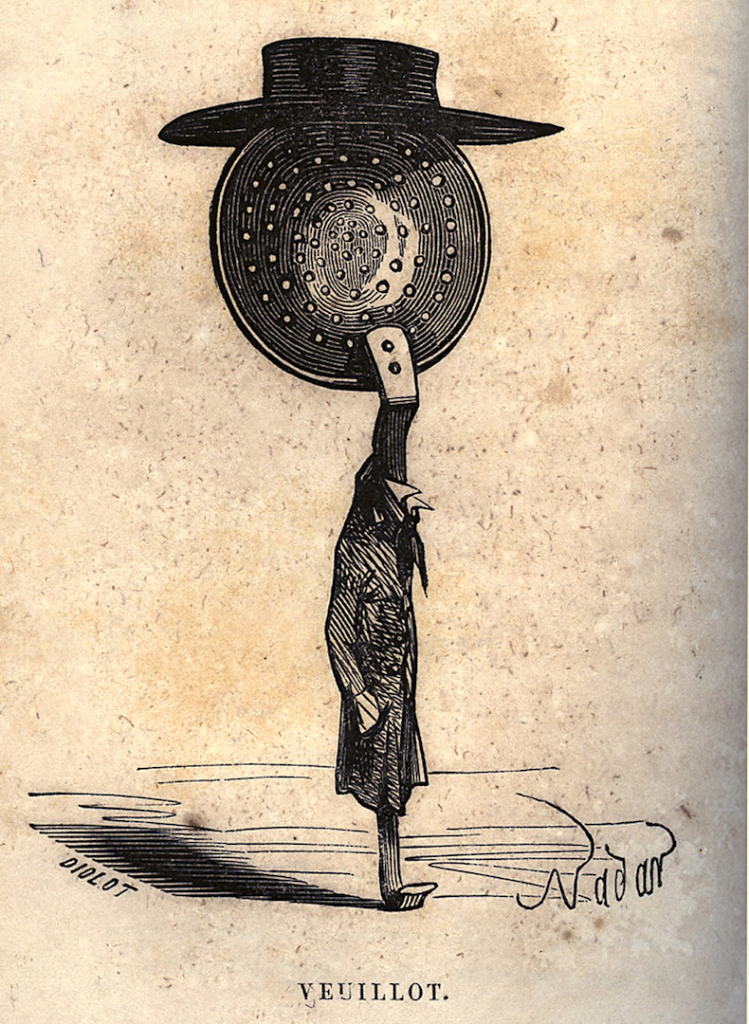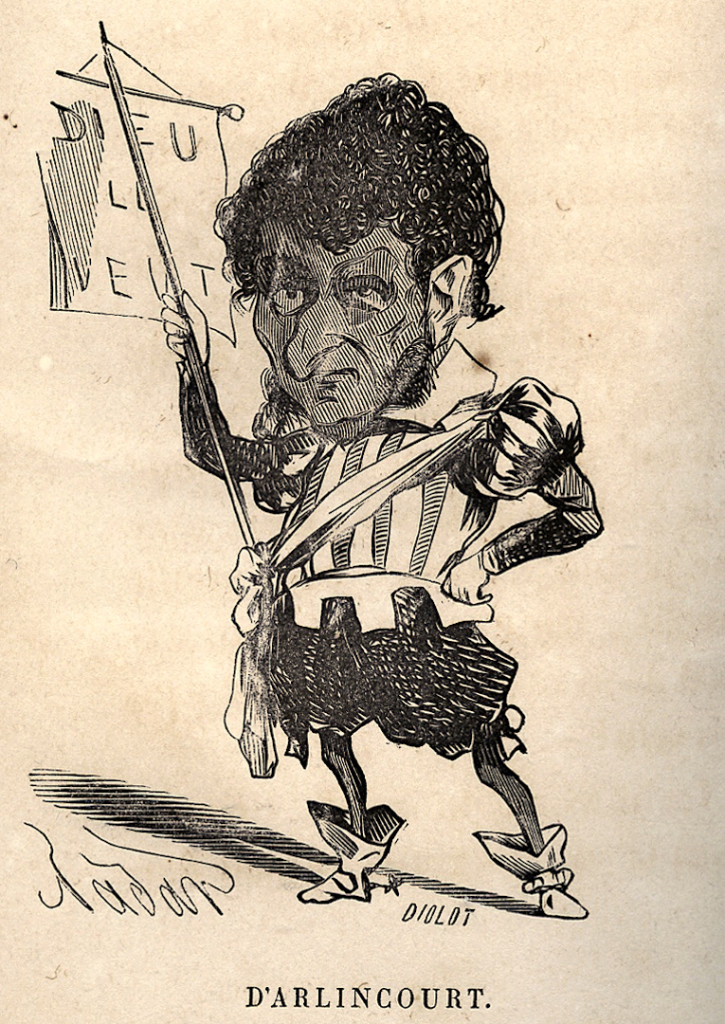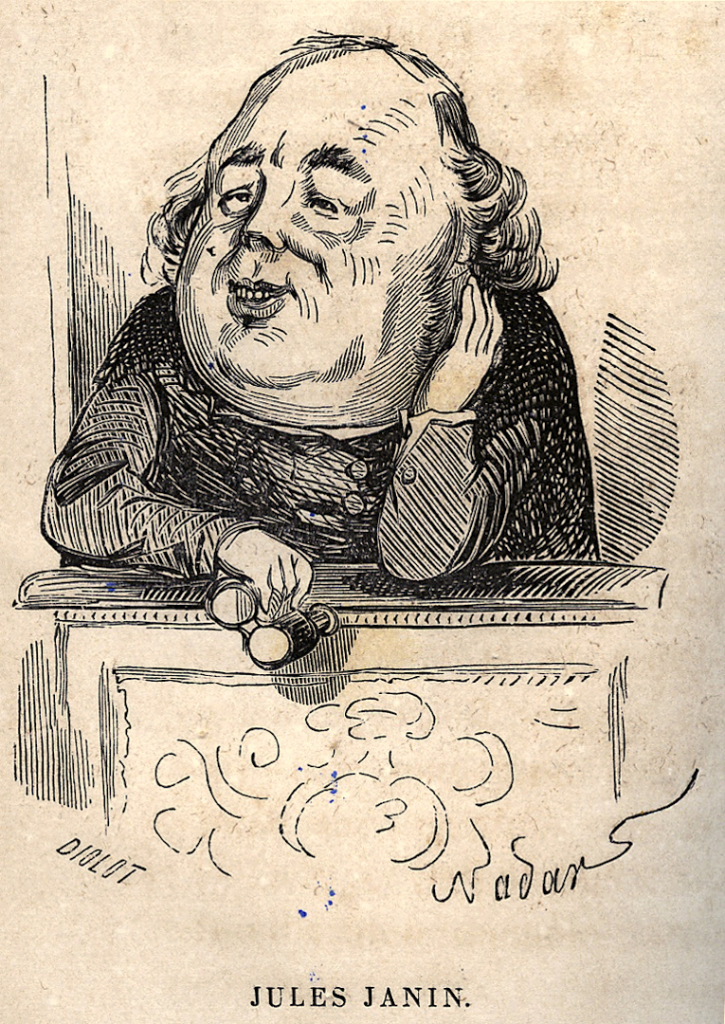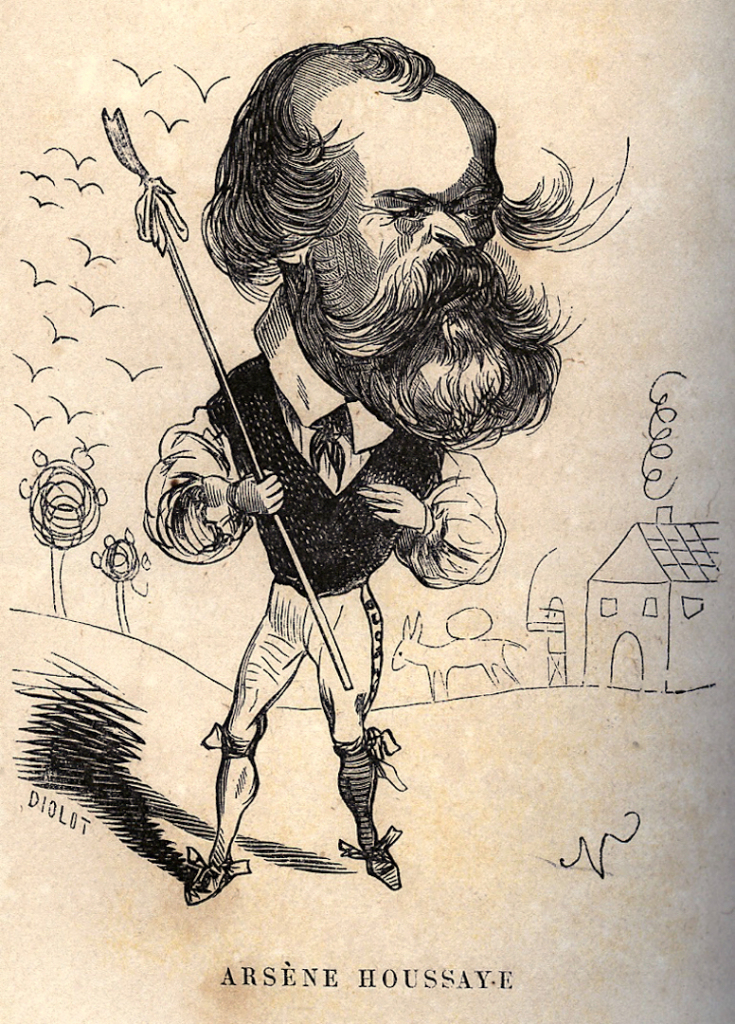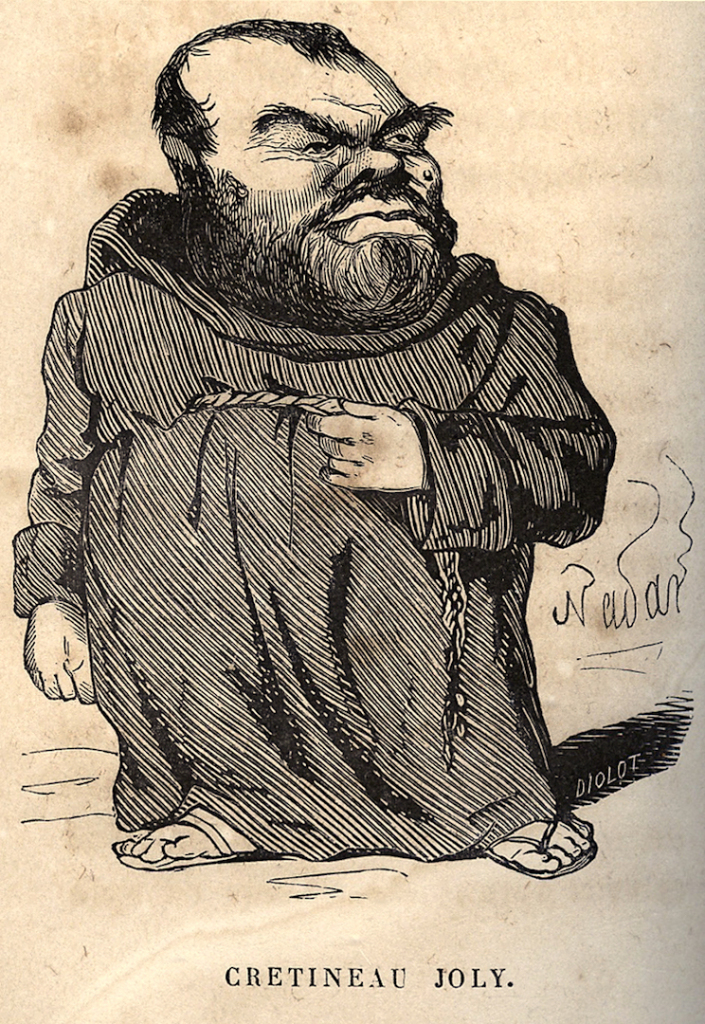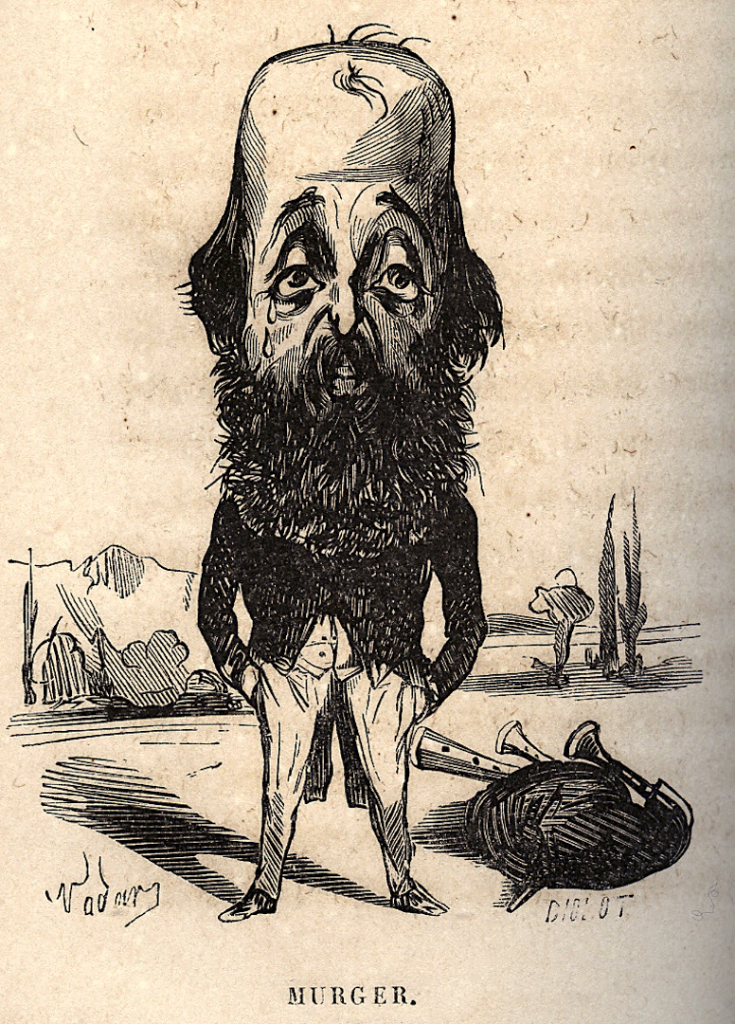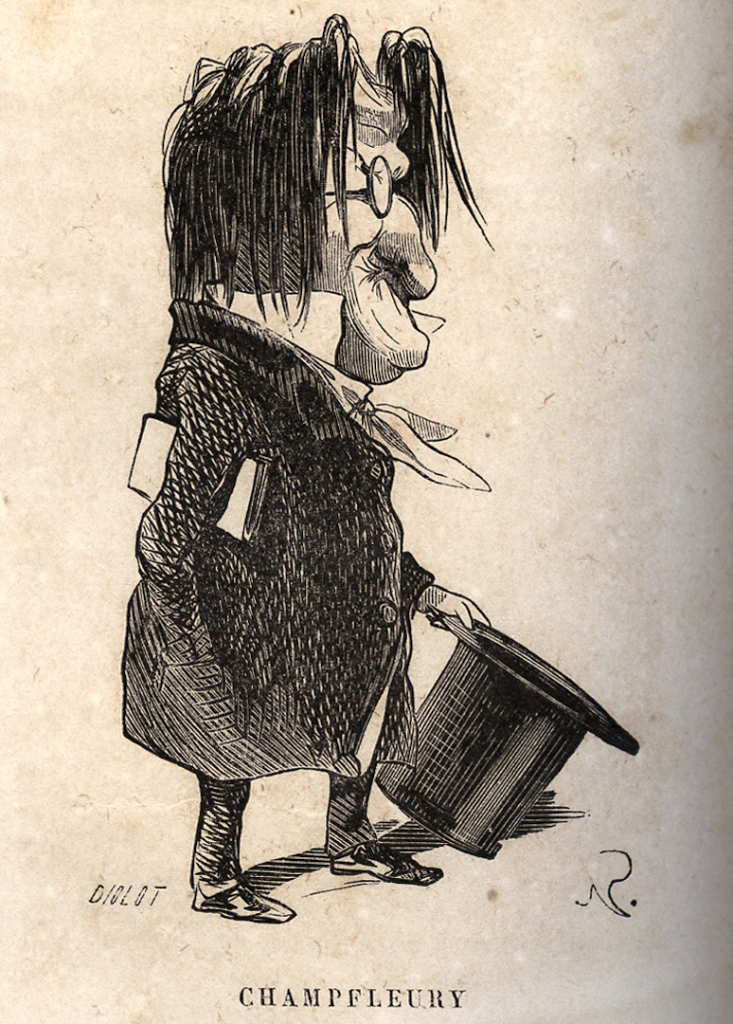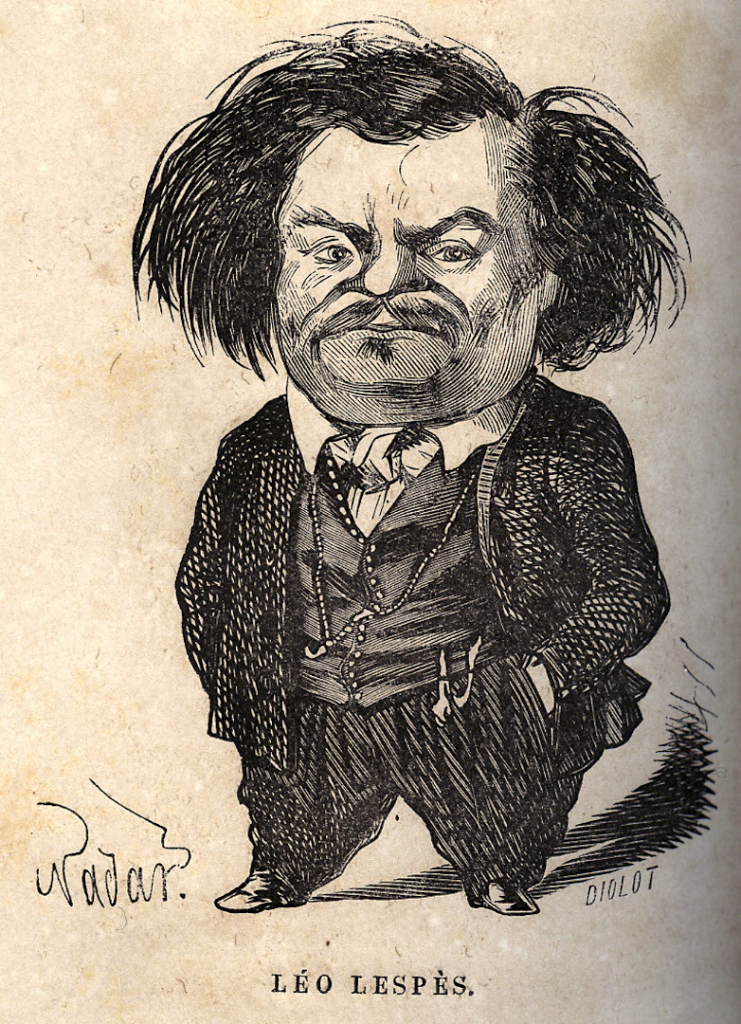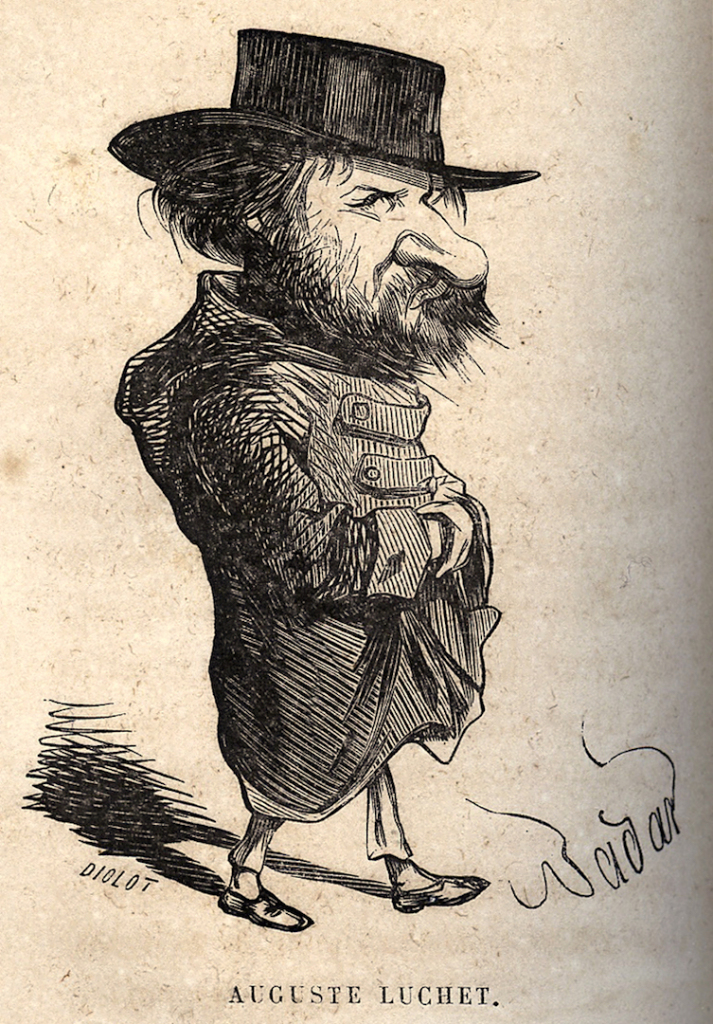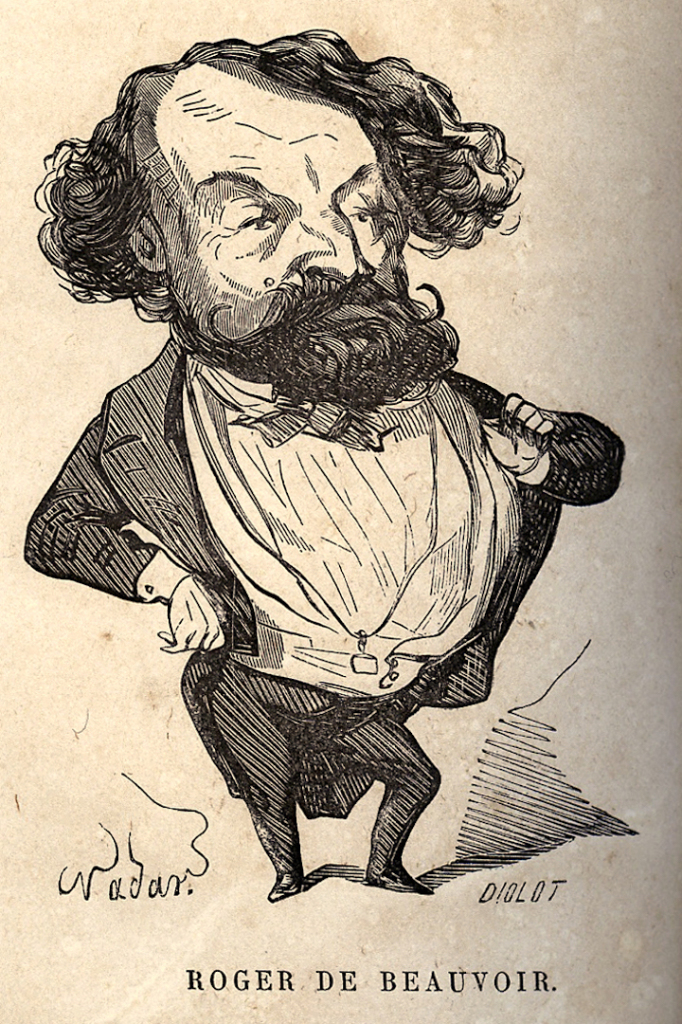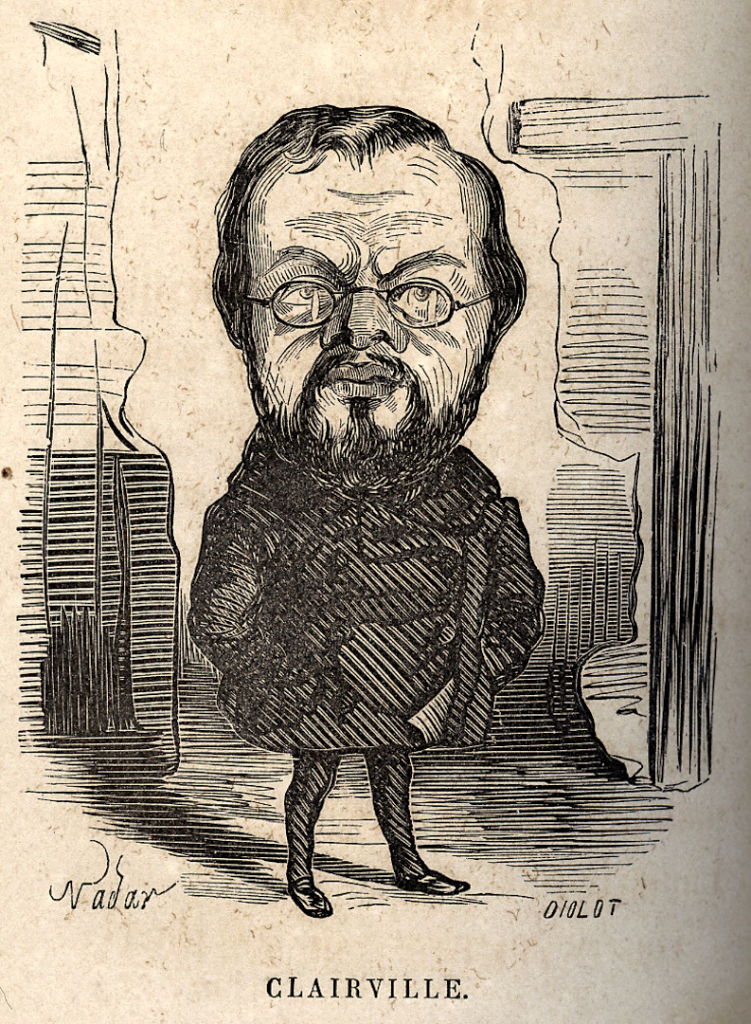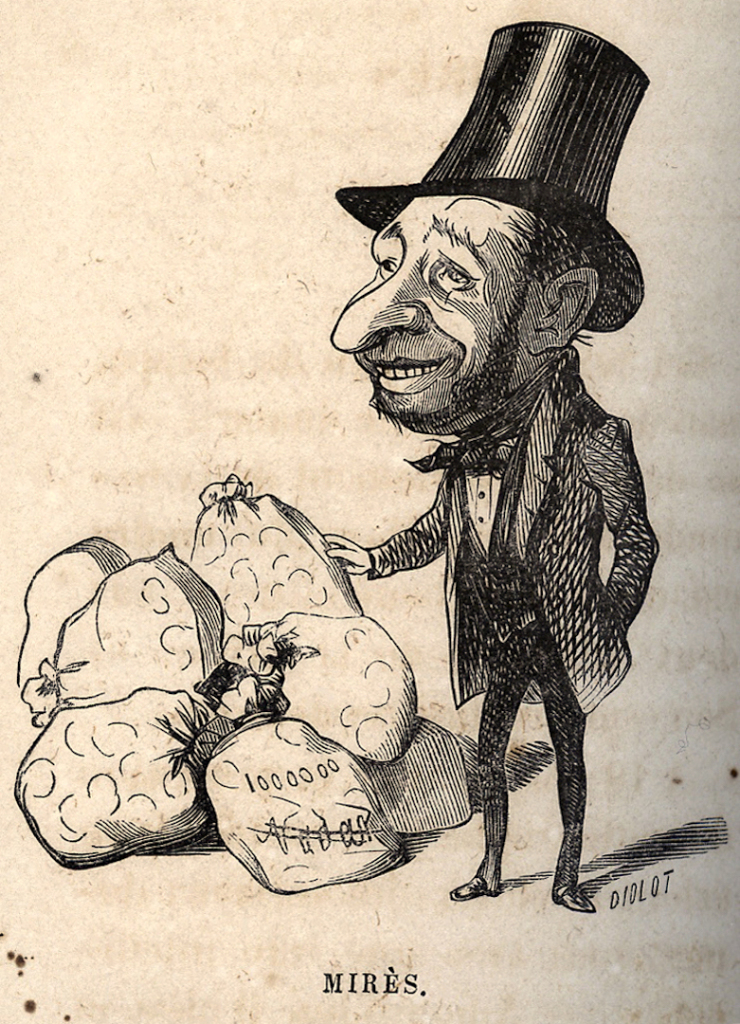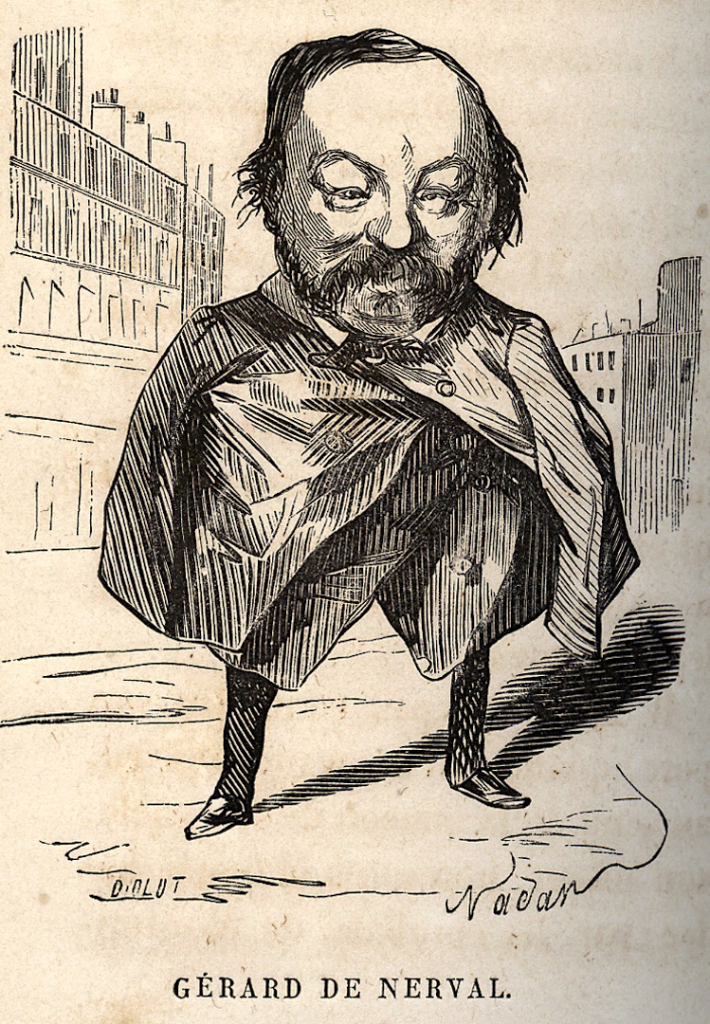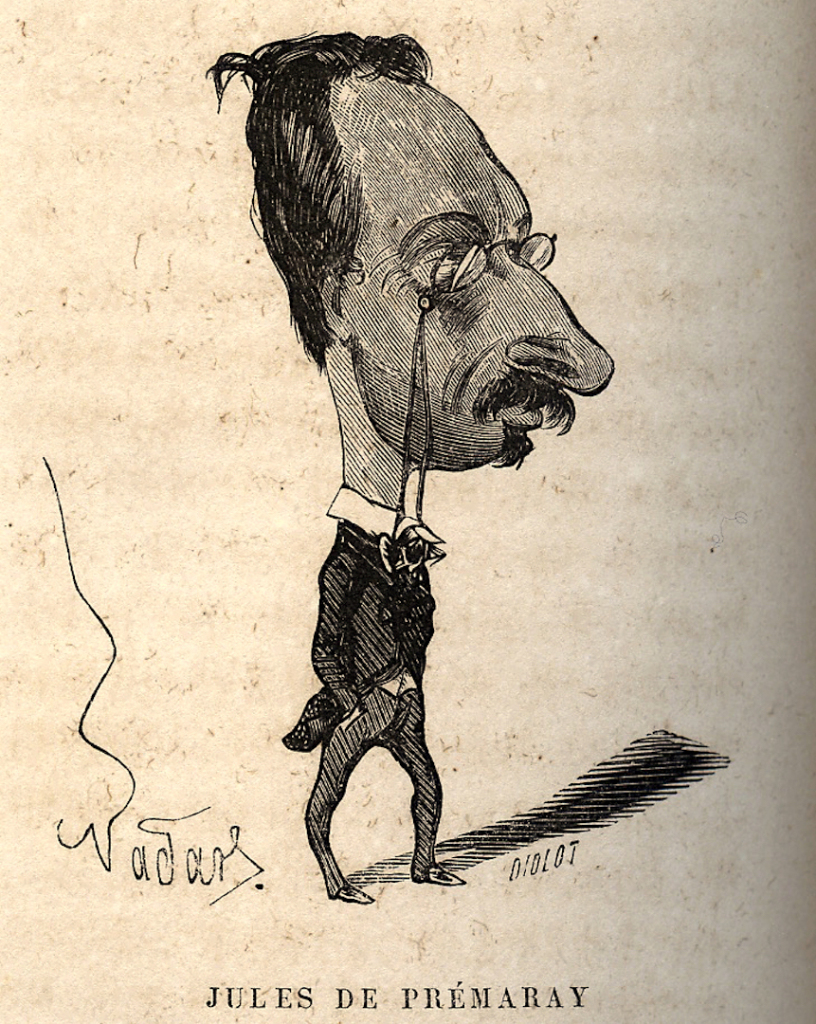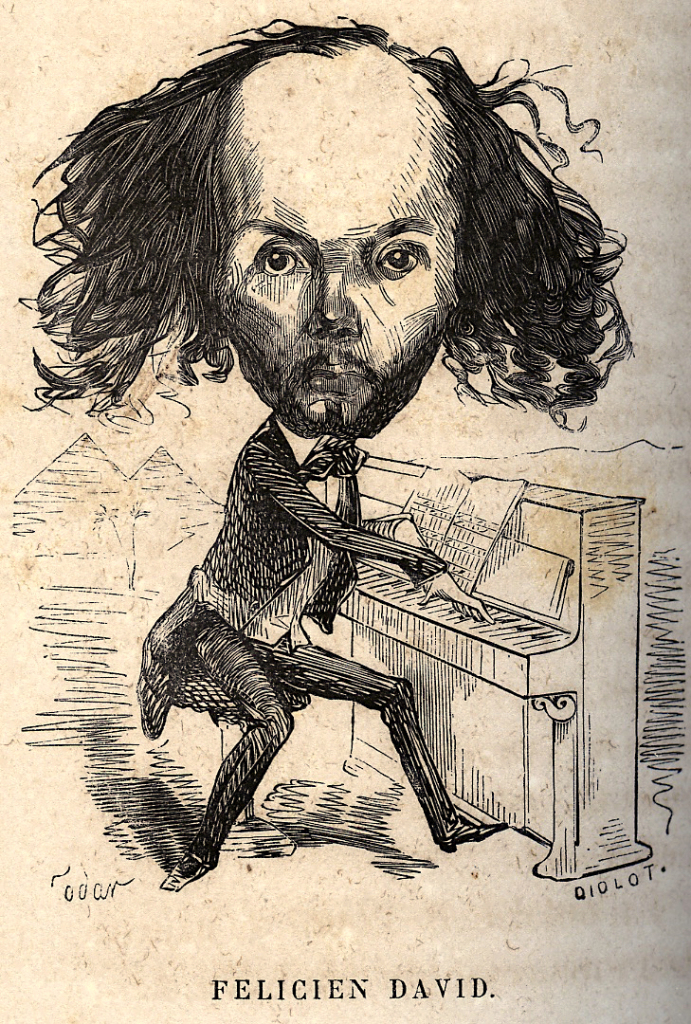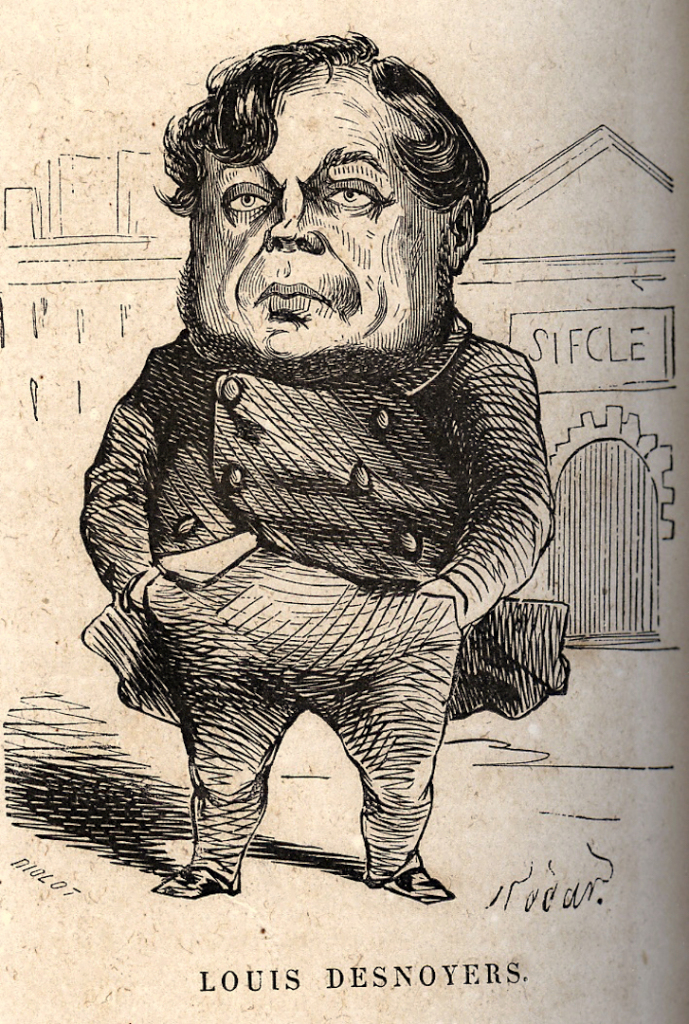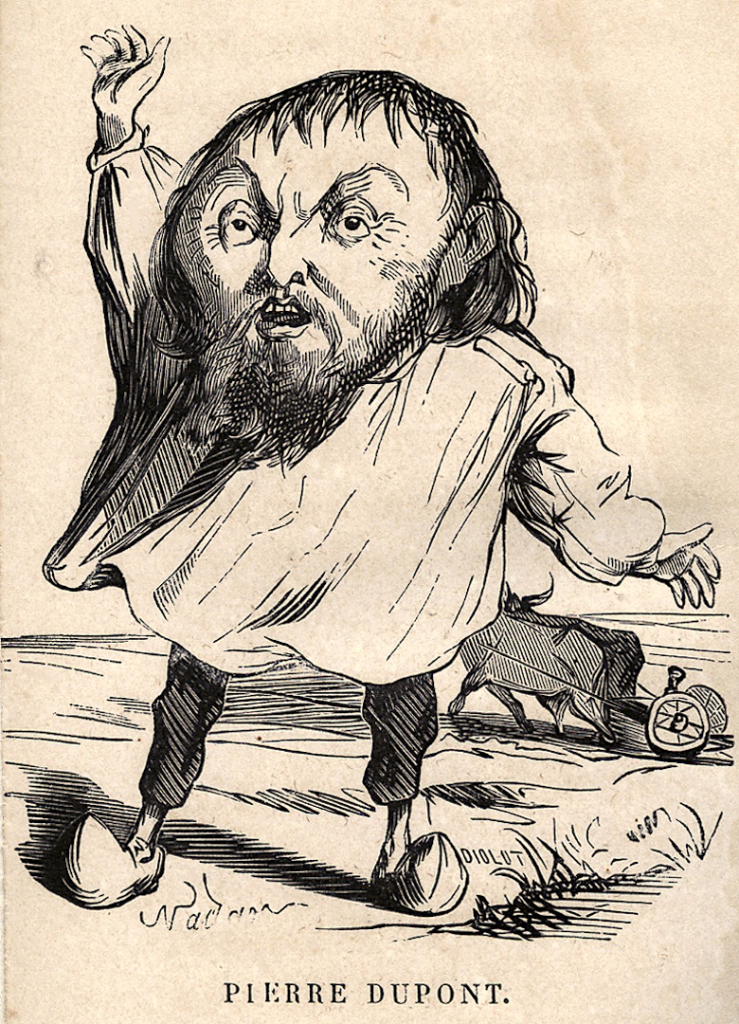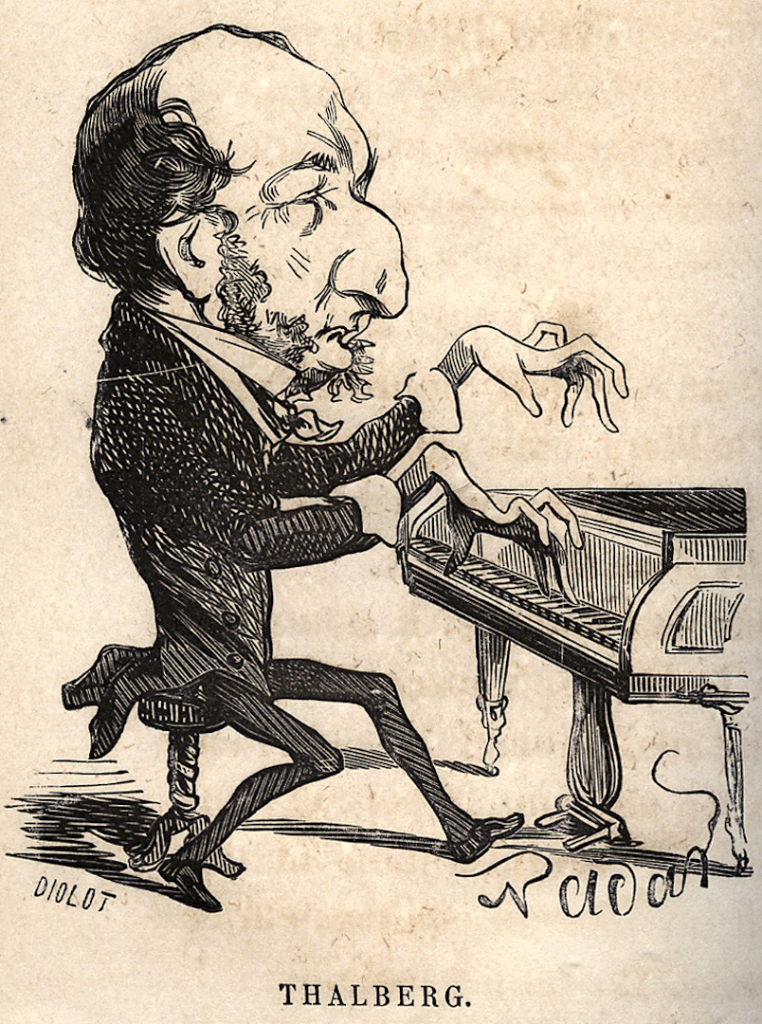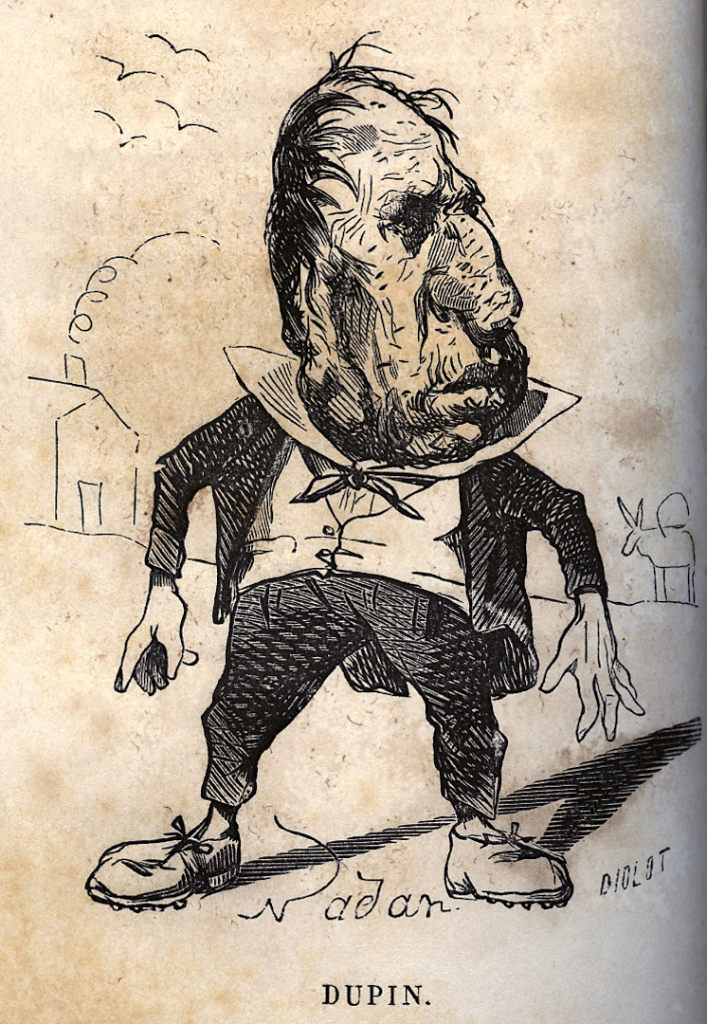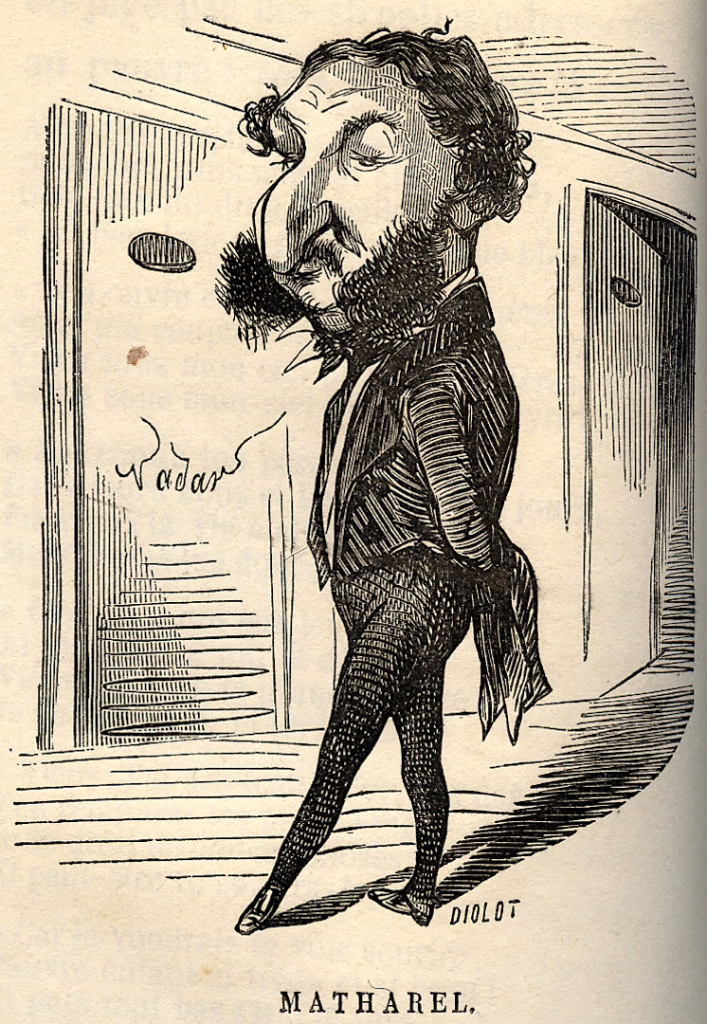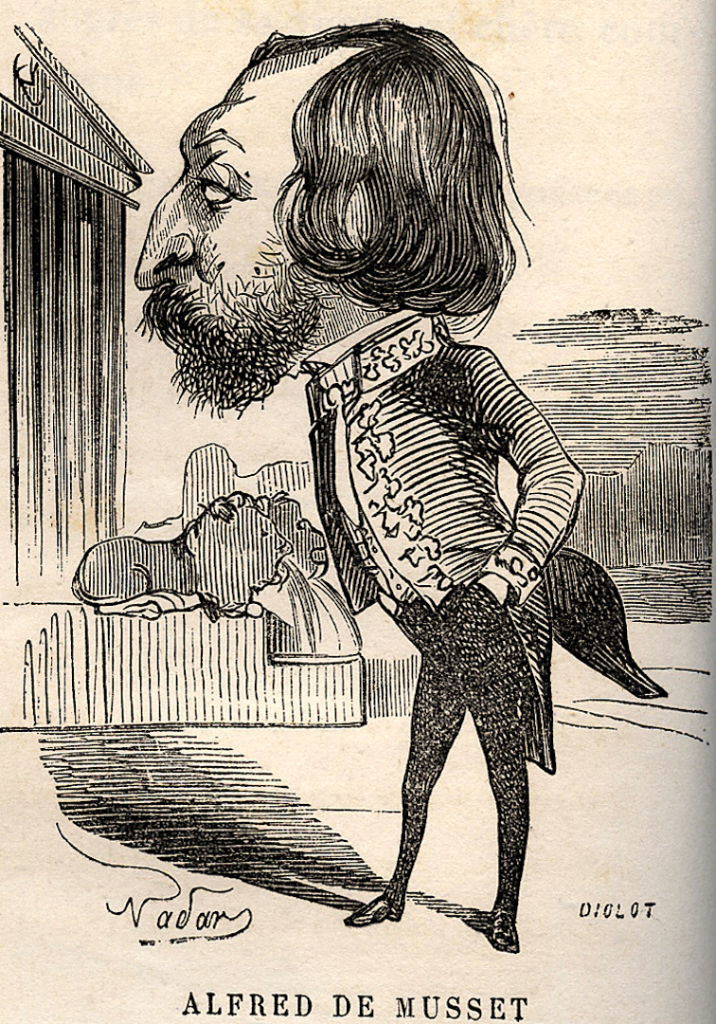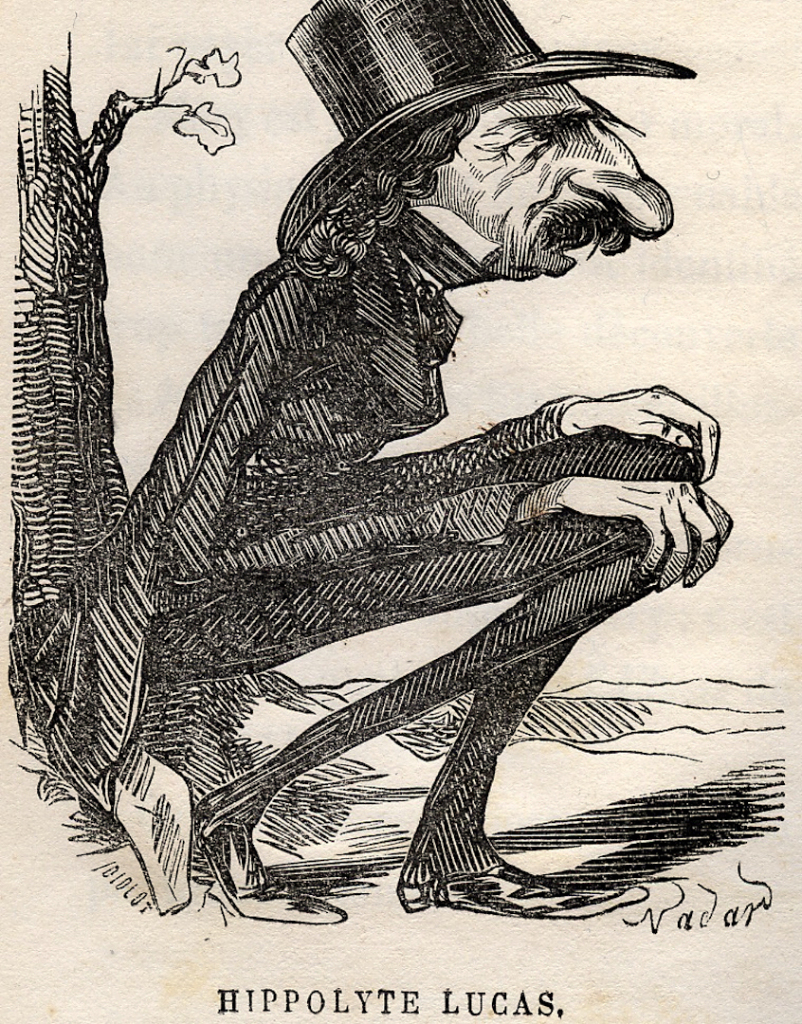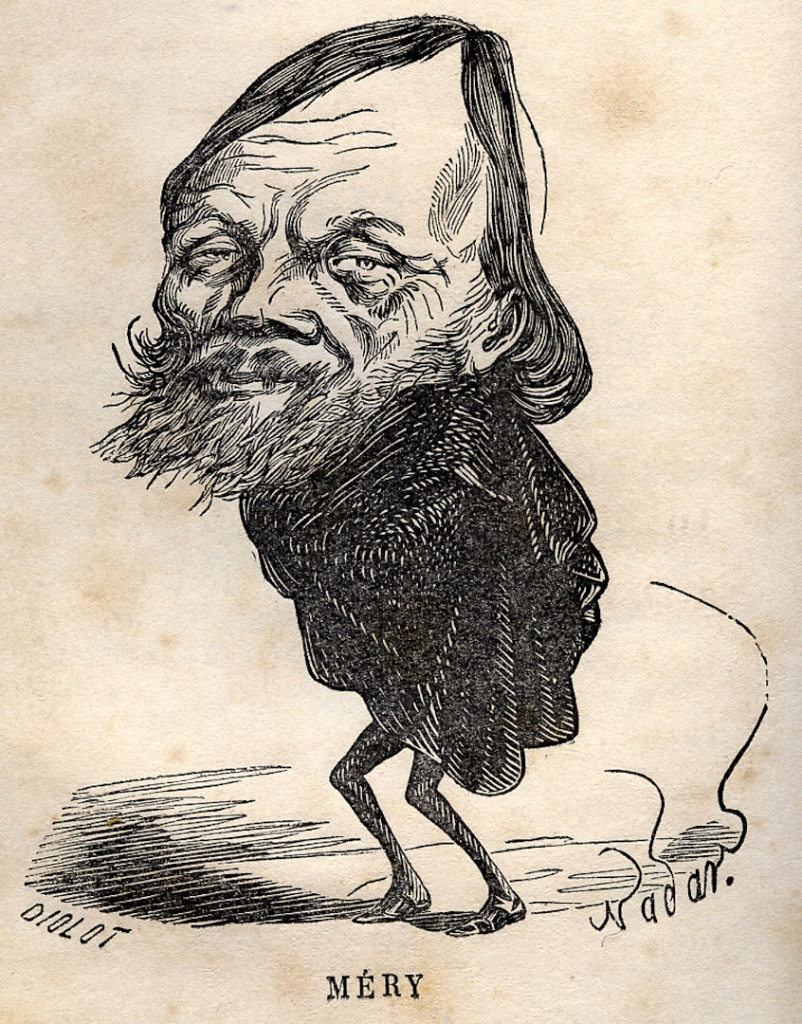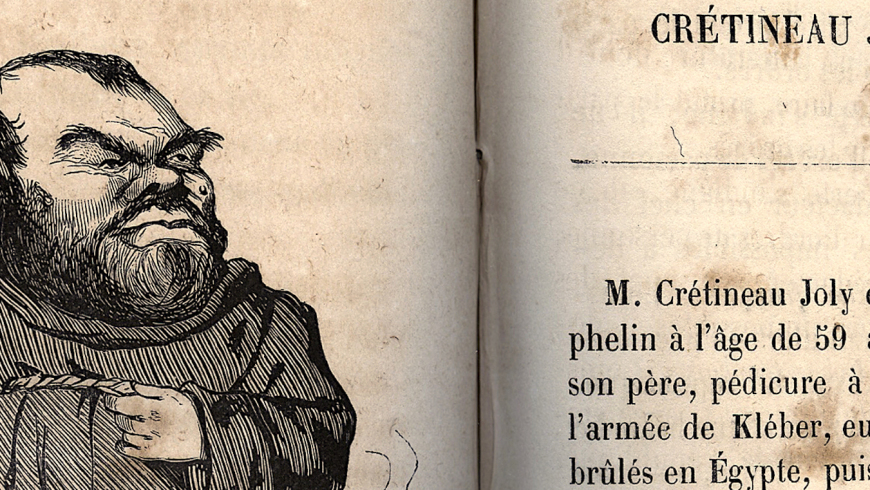THE CARICATURES BY NADAR
a precious booklet shows the caustic pencil portraits by the most famous Parisian photographer of the 19th century
by Massimo Pacifico
Gaspard-Felix Tournachon, aka Nadar is 34 years old, in 1854, when Gustave Havard, a Parisian bookseller-publisher based in rue Guénégaud at number 15, prints a small volume, to be composed in episodes, with a curious title, Les Binettes Contemporaines: binette means hoe, but, in colorful language, also means face. Does one want to allude? Knowing the authors one would say yes! The booklet bears the signature of “Joseph Citrouillard, with revision by Commerson” (in fact, the fake name of Citrouillard is the pseudonym used by both the publicist Jules Lovy and Jean Louis Auguste Commerson, in turn aphorist, dramatist, journalist) and announces portraits by Nadar.
In the introduction, Citrouillard mocks, hoping that the reader, after reading Plutarch’s Lives, compares them with his Binettes. The publisher foresees the release of ten numbers. They are a satirical compendium of the biographies of characters that crowd the chronicles, literary, musical and worldly of the Capital. They will cost 50 cents the booklet and, at the end of the series, will therefore contain 60 biographies and 60 vignettes. They have an immediate success, thanks also to the successful engravings of Didlot.
In 1858 a second edition was published. Revised. Contains 30 caricatures and costs one Franc. From that edition, present in the archives of BARNUM, are drawn the vignettes that follow. They reveal a lesser-known talent of Nadar, the most acclaimed of the first interpreters of photography.
He was born in Paris, on April 6th, 1820, and, after medical studies interrupted following the death of his father, Nadar had undertaken, without success, a journalistic career, first in Lyon and then in the Capital. Converted to caricature, instead Felix almost immediately had positive feedback. In 1846 he began his collaboration with the satirical newspaper Le Corsair-Satan, and, on the eve of the revolution in 1848, he obtained the consecration by publishing his first caricature on the widespread Le Charivari. The following year he began his activity with Le Revue Comique, dedicating his attention and his caustic trait to equivocal characters of the time, as the Bonapartists were considered.
In those years Nadar discovered photography and between ’50 and ’70 reached the peak of success by making portraits of all the characters and artists that counted in Paris, from Charles Baudelaire to Gioacchino Rossini, from Édouard Manet to Sarah Bernhardt, from George Sand to his dear friend Jules Verne whom also contaminated with his new balloon mania. In his large atelier, at number 35 of Boulevard des Capucines, he also hosted, on April 15th, 1874, the first exhibition of the Impressionists rejected by the official Salon of that year. There were, among others Claude Monet, Edgar Degas, Pierre-Auguste Renoir. In his last years of life he moved to the countryside, abandoned photography and tackled literature, writing Quand j’étais photographe. He died on March 21st, 1910 in Paris, struck down by a severe form of bronchopneumonia. He is buried in the Père-Lachaise Cemetery.
